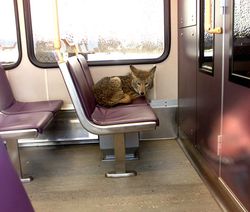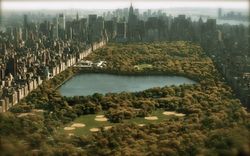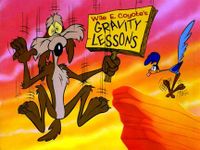With Global Climate Change come more problems with animals, and
what we should be focused on is how we act around them now.
I found an article by James Watson on The Guardian yesterdaythat put this point well..
He was talking
about things that I have been telling people, friends, family, and even people
I meet.
Let me paraphrase:.
Animals react in ways
that they have learned over the course of thousands of years. If we do one
thing to try and help save human lives, sometimes, what we end up doing is actually
hurting animals that we are trying to save.

(Intraspesific), and conflicts between its own species (Interspecific). These
conflicts can be over just about — food, water, shelter, space, and even
breeding rights. (Picture from Brittanica.com.)
The bigger problem comes when you add humans into the
equation. Generally when we have conflicts with animals, we win, hands down. If
one person loses, then reinforcements are called in to deal with what then is
termed a “problem animal”.
We hear about these sorts of interactions all the time in the
news, but the starting point of these stories — the animal’s point of view — is never seen.
For an animal, they have three things that they need to
survive. Food, water, and shelter. It’s four if you count getting your genes to
the next generation.
They create conflict by having many different species, or
even large numbers of the same species, going for very few resources. Then
humans come in and decide, in our own way, that this area belongs to me. Then
just to make sure everyone knows it, I am going to put up a fence around the
whole thing.
Wild animals do not understand this the same way that your
neighbor does. The wild animal just knows that there is now this obstacle in its
way when trying to go to what they call their watering hole. When the obstacle
gets to be too great, energy consuming, they go somewhere else. Later on down
the road, the weaker animals of the species get pushed into human areas of
living.
Are you following me so far? It gets better.

or even want, to have as much room around them as they possibly can. This leads
to some going as far away as they can to get as much space as they want and put
up as high a fence as they can. (Image from e-globe-trotter.)
This is what starts to lead some wildlife to go down the path
of endangerment, or even extinction. You see, that human who wants to be alone,
has now taken most of, if not the only, wintering grounds for some wildlife
species. Sometimes these wildlife species are even on both the National and
State Endangered species list. Other times the human takes over what was a
corridor for wildlife movement to and from wintering grounds. These places are
areas of wilderness that literally thousands if not millions of wildlife use
every day of the year. Year after year after year.
The need for wintering ground stems from keeping the numbers
up, you stay warmer in a group then by yourself, and for some wildlife wintering
ground is there they breed the next generation.

the weather to an extent. This puts up more and more obstacles in wildlife's
way. They spend more and more energy trying to stay alive that they then start
to look for energy efficient ways to live.
They find a way to get food, water, and shelter using the
least amount of energy. They move in.Specifically wildlife moves into cities
where predators are almost nonexistent, food is very abundant, and water is
very plentiful. This makes them “problem animals” when we have conflicts with
them.
Whether you believe that the world is actually cooling off or
getting hotter is not the point. The point is that what we do in reaction to
Global Warming/Cooling forces wildlife into our paths. To survive.










